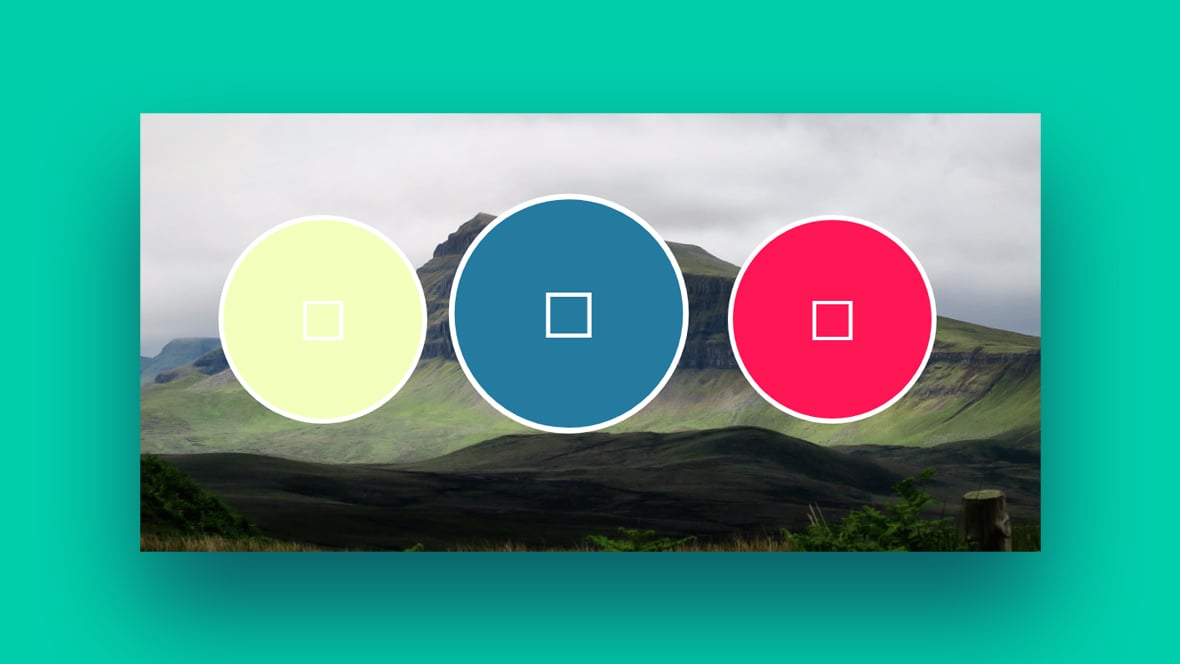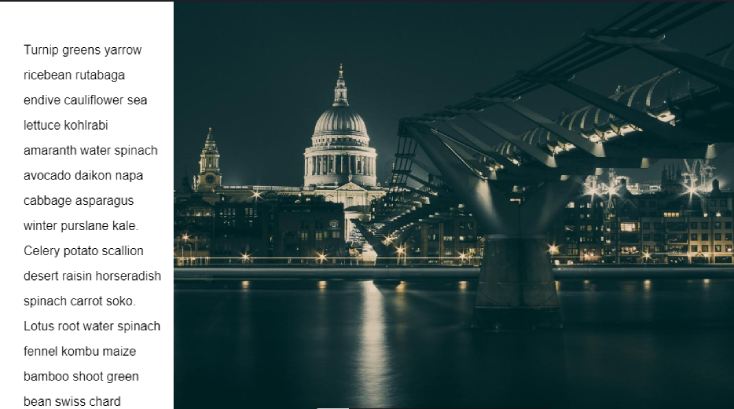
I hope this will help you build better, visually captivating web designs and website features./*- Add your own class selector before each rule. Applying an effect when the user hovers their mouse over an image:.Performing hue rotation (selecting a hue from the color wheel).With just a few lines of code, you can apply cool effects such as: In this article I showed how easy it is to style and manipulate images using CSS. You can achieve a cool 3D shadow effect, by creating a colored shadow, and applying a transformation that moves it horizontally using the translate property. You can do the same thing with a value smaller than 1 to shrink the element.
Css hover effects image code#
If you want to enlarge or shrink an element when the user hovers over it, use CSS3 to set the div’s class to grow and add the following code to the style block. There are several options to support different browsers. To do this, assign your div a “rotate” class as follows. Yet another option is to rotate an element when the user hovers their mouse over it. First, set the initial state, then set the change to be performed on hover. You create a fade-in effect in CSS in two stages. Another option is to increase or decrease the font size with a font size modifier.įade in and out is a great way to focus on part of a page that emphasizes a user function or calls to action. You can change the font of text on the page or a link on hover.
Css hover effects image how to#
The example below shows how to add underline and bold to a text string on hover. If you add the directive :hover to a CSS class, and specify a different background color, it will change to that color when the user hovers their mouse over it.Īnother hover effect is to add underlined or bold text. Changing Background ColorĪ simple way to add a hover effect is to change the background color. In other words, something happens, defined by CSS code, when you hover your mouse over a specific set of text or images. You can use CSS to set text styles, but you can also add style layers to text and images. For example, a value of 90 degrees will yield a light green, while 180 degrees like in the example above will shade the image in cyan.

Hue rotation is a function that specifies an angle around the CMYK color circle, and applies a hue with that color to the image. Here is an example of how to apply Hue rotation in CSS: The bigger the value, the larger the blur will be. The CSS blur() method takes one argument, which specifies a certain amount of pixels. It can be used, for example, for a background image that does not need to be sharp, for censorship, or for graphical effect in an image with several visual layers. The blur effect makes the photo appear fuzzy by applying a Gaussian blur effect. Here is an example showing how to apply blur to an image in CSS: Leaving the value blank will set the parameter to 1.

0 (or 0%) means no change and 1 (or 100%) means the image is completely grayscale. The CSS grayscale function can take a percentage or numeric parameter. You can use it to create black and white photos from original color photos. The most common filter added to an image is grayscale.


Here is an example showing how to apply grayscale to an image in CSS: I’ll cover a few simple CSS image effects that can help you present images attractively on a web page, as well as dynamic effects like fade in, zooming in and out, and applying a 3D border. In this article, I’ll show how CSS can be used to manipulate and style images. It is commonly used in combination with HTML, XHTML, and JavaScript. Cascading Style Sheets (CSS) is a scripting language that lets web developers specify the layout and design of website elements.


 0 kommentar(er)
0 kommentar(er)
